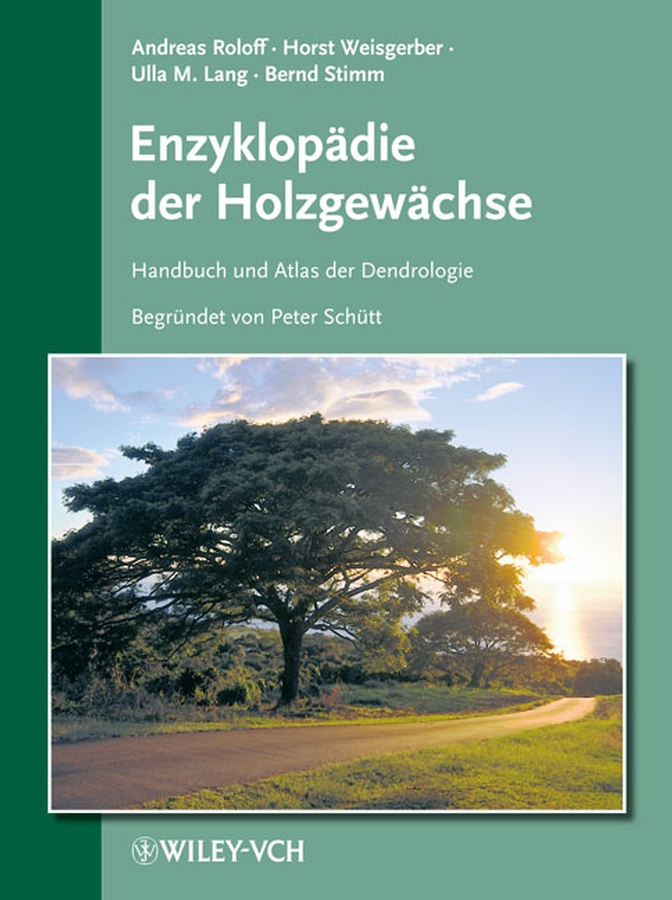Cananga odorata
Erstpublikation als Teil der Loseblattausgabe: 27.1.2010
Abstract
Cananga odorata, widely known as Ylangylang, is a fastgrowing, medium-sized tree indigenous to lowland and lower montane tropical forests of the Indo-Pacific region. It is cultivated throughout the tropics and subtropics in gardens for its exceptionally fragrant flowers, from which are distilled essential oils used in perfumes, soaps, shampoos and other cosmetic products, foods, and aromatherapy. The Comoro Islands and Madagascar are major producers of ylangylang oil, accounting for an estimated 80 % of global production. In addition to its value as an ornamental and source of ylangylang oil, it is valued in its Indo-Pacific range for its medicinal uses, the essential oil and other parts of the plant being used in traditional systems of medicine to treat a variety of ailments.



